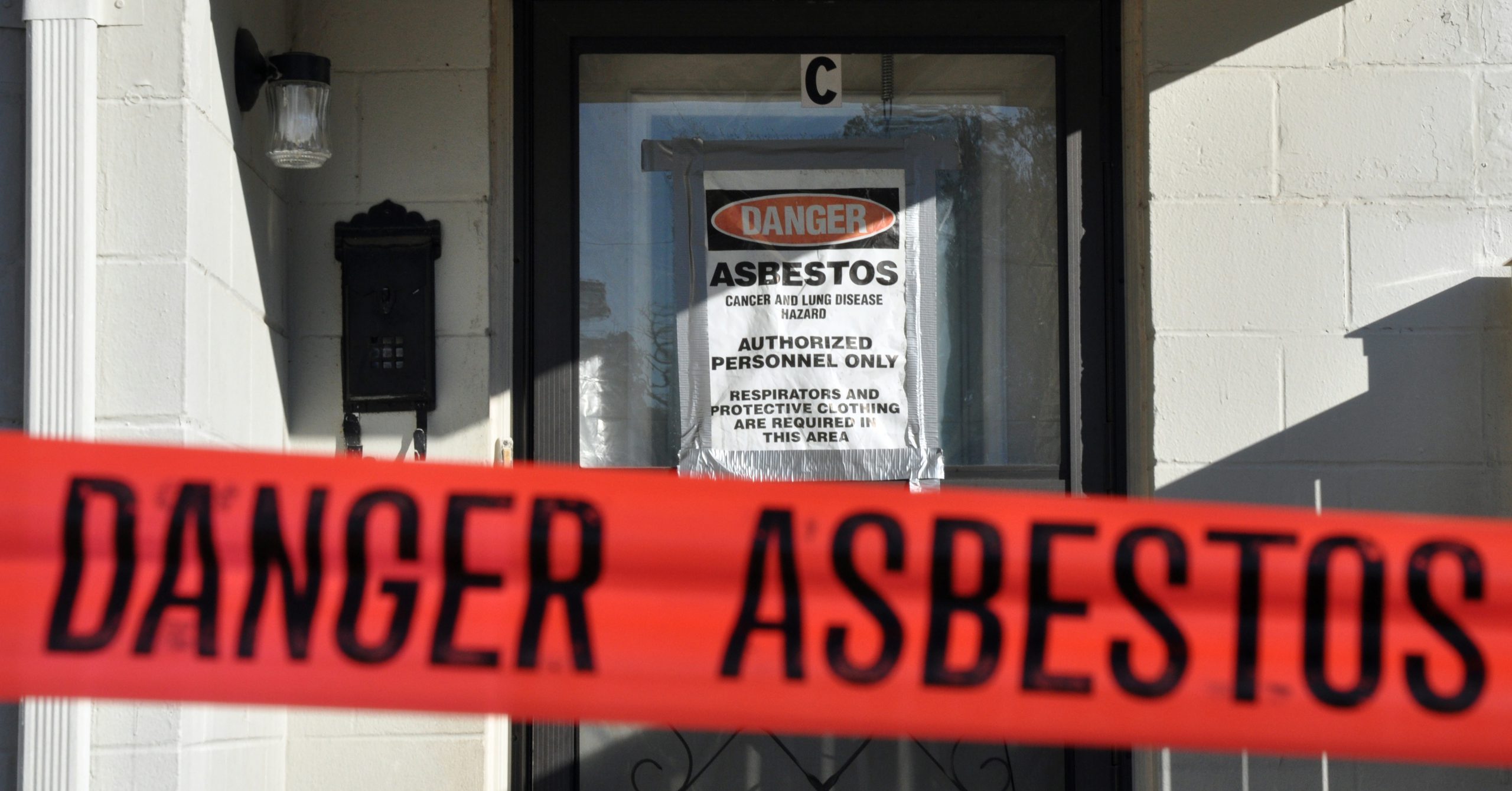Bearing in mind that there is no evidence for a threshold for the carcinogenic effect of asbestos, including chrysotile, and that increased cancer risks have been observed in populations exposed to very low levels, the most efficient way to eliminate asbestos-related diseases is to stop using all types of asbestos.
A Significant New Use Rule (SNUR) is a rule that EPA issues in order to get advance notice about the new use of a chemical that could have potential to harm human health or the environment. (“New use” can also mean the return of an old one.)
The SNUR that’s creating more buzz and media coverage than any in memory is EPA’s proposed SNUR for asbestos “for certain uses identified by EPA as no longer ongoing.” The uses in the proposal include products like insulation, plaster, and floor tiles.
There has been some misleading information making the rounds about the proposed SNUR. While surprising to many, there is currently nothing in federal law that limits manufacturers from returning to a discontinued use of asbestos in products. EPA has proposed a rule (the SNUR) that would allow it to at least consider whether or not to impose limits. By requiring that manufacturers notify EPA before they can begin a new use or reintroduce an old one, EPA would then have to decide if the use would present unreasonable risk. If it would present an unreasonable risk, EPA could prevent it. But we have no assurance that EPA would take action to block a new use of asbestos so old asbestos products could once again be in commerce.
This proposal has captured so much attention because EPA is also conducting a risk evaluation of asbestos – one of the first ten chemicals that the Agency chose for a comprehensive review as required under the reform of TSCA in 2016. But when EPA published the “problem formulation” laying out the scope of its review, we discovered that they are not considering old uses of asbestos. These are uses that have been discontinued but were never actually banned because the old law was so weak that the courts stopped EPA from taking that step. These products may not be in current use, but that’s not because they are illegal. They are in the plaster, insulation and floor tiles in older buildings and they still affect our families’ health. The potential harm to public health from their reintroduction would be very serious.
While a SNUR is an appropriate tool to track and potentially ban these vampire unsafe products before they rise from the (presumed) dead and make a return to the marketplace, it should be a backstop to a robust evaluation of all “circumstances under which a chemical substance is . . . reasonably foreseen to be manufactured, processed, distributed in commerce, used or disposed of.”(The criteria under the 2016 TSCA reforms by which EPA is required to evaluate a chemical.)
While EPA completes a thorough evaluation and regulation of asbestos, the proposed SNUR would require notification of any reincarnation of old uses that EPA could then shut down. On receiving notification as a result of the SNUR, EPA would have 90 days to decide whether to allow the use or to take action to determine that it poses an unreasonable risk and restrict the use in some way. This rushed process would largely take place behind closed doors with little to no public input or even notification until, for all intents and purposes, EPA has already made its decision.
On the other hand, a robust evaluation of all uses of asbestos under section 6 would require a more transparent process, with many opportunities for public comment. This is important not only to provide the Agency with information it may need from various stakeholders but also, frankly, to create a record on which a court can review the final decision. For EPA to bypass the section 6 evaluation and instead review uses in response to a SNUR allows the agency to hand off decision making almost entirely to the chemical industry surrogates on loan to the Trump EPA.
EPA has repeatedly said that its risk evaluation would not look at “legacy” or discontinued uses, which will keep EPA from developing the full picture that the law requires, and could allow some old uses to be new again. This is a major missed opportunity to protect Americans’ health from a chemical that is known to be deadly.
The SNUR itself should be broadened to cover all of the asbestos uses that EPA is not reviewing in its risk evaluation, including mining. Even though mining of asbestos is currently not happening in the U.S, it is also currently not legally prohibited. Mining asbestos in the U.S. might seem unthinkable, but let’s remember the times we live in, and be prepared for somebody to think of the worst ideas.
Given the overwhelming evidence of asbestos’ dangers to public health, including nearly 40,000 asbestos-related deaths each year, EPA should address all of the ongoing and potential “undead” uses in its ongoing risk evaluation. EPA could then determine that current and former uses “present an unreasonable risk of injury” and ban them permanently under section 6 of TSCA, as EPA proposed nearly thirty years ago.
EPA’s process is leaving a door ajar for old uses when they should be slamming it shut to all uses of asbestos.
For more information, read this question and answer document.





